New exhibition hall for ‘Magnificent Three Gorges’ in Chongqing China Three Gorges Museum opens to the public
2024-05-21 14:34:22
CHONGQING (CQNEWS) -- The Three Gorges on the Yangtze River is steeped in history, with its magnificent view and colorful culture. To celebrate the 48th International Museum Day on May 18, Chongqing China Three Gorges Museum opens to the public its newly renovated exhibition hall for the ‘Magnificent Three Gorges’ to showcase the rich culture of the Yangtze River.
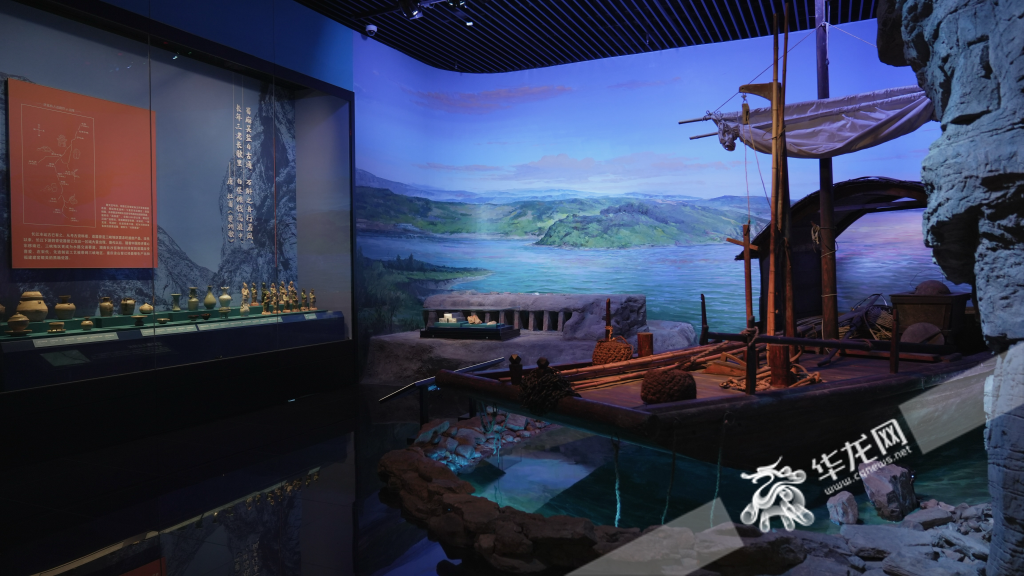
The ‘Magnificent Three Gorges’ is the representative exhibit in Chongqing China Three Gorges Museum. Since its opening in 2005, the Museum has been open to the public all year round and favored by the public, receiving more than two million visitors annually. The Museum re-arranged its exhibits in 2012. As more and more studies have focused on the exhibits and the advanced technology has brought about new changes and improvements in display methods, Chongqing China Three Gorges Museum re-arranged its exhibits in January 2023.
With a basic exhibition framework consisting of ‘the nature wonder’, ‘the long history’, and ‘the cultural relic’, the new comprehensive scene display of the ‘Magnificent Three Gorges’ aims to feast the eyes of visitors on the breathtaking view of the Three Gorges and present the culture and history of this natural wonder of China and even the world.
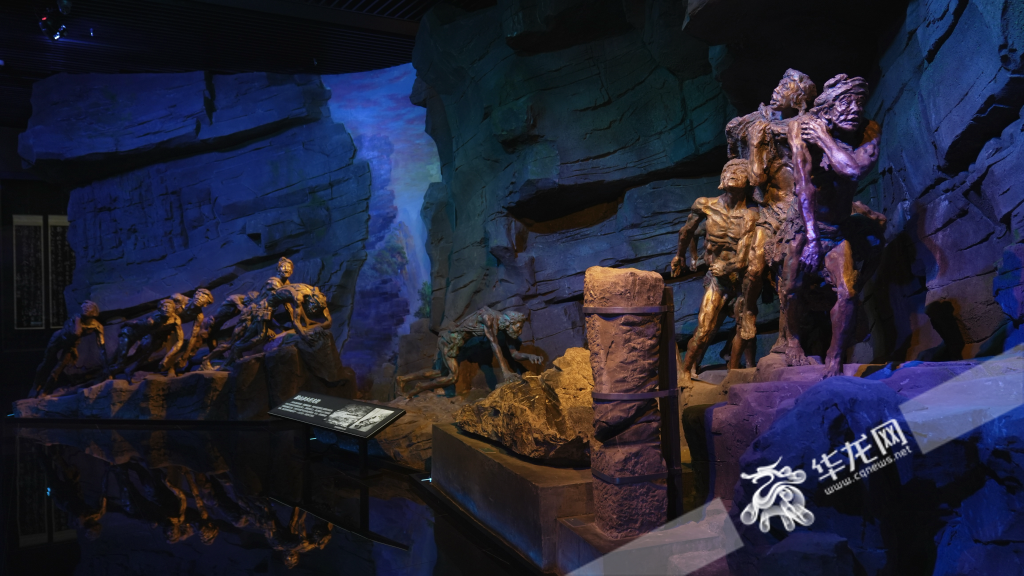
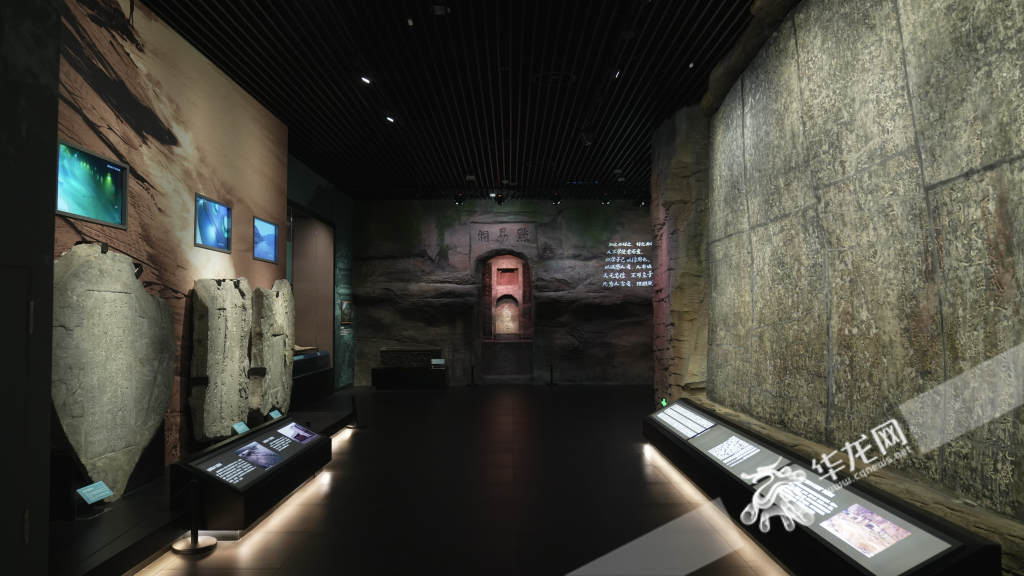
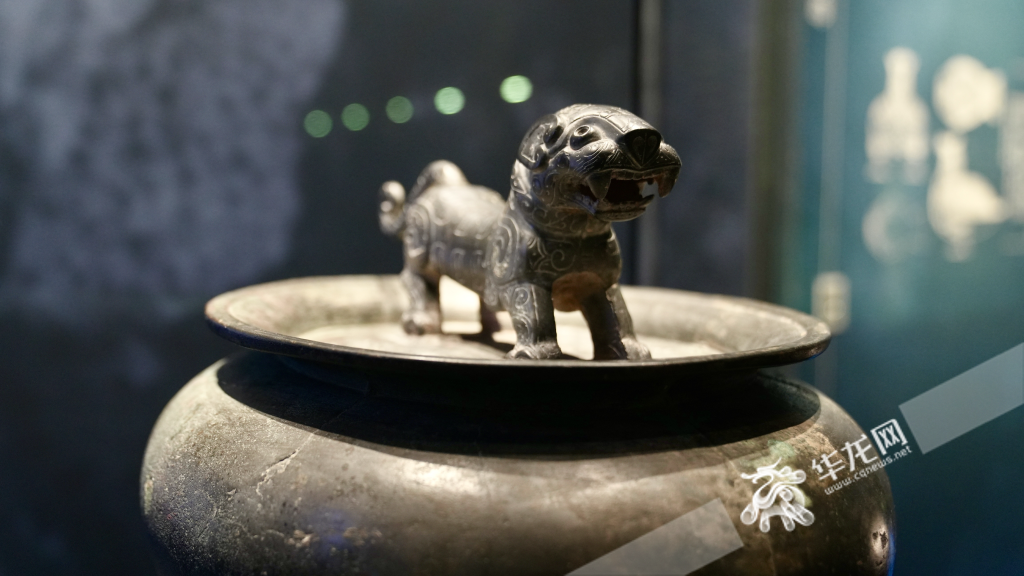
321 pieces/sets (totaling 703 pieces) of cultural relics were displayed in the exhibition for the ‘Magnificent Three Gorges’, including 37 pieces/sets of Class I cultural relics, 27 pieces/sets of Class II cultural relics, and 93 pieces/sets of Class III cultural relics, with a valuable cultural relics rate of about 50% and an exhibit renewal rate of 60%. Six of the ten treasures in the Museum’s collection were displayed in the exhibition hall, which are the fossilized mandible of the Wushan apeman of the Early Paleolithic Period, the three-goat bronze drinking vessel of the Shang Dynasty, the copper Chinese musical instrument ‘Hu Niu Chun Yu’ of the Warring States period, the copper bird-shaped drinking vessel of the Warring States period, the gold seal of the general of the Han Dynasty, and the Jingyun stela of the Han Dynasty.
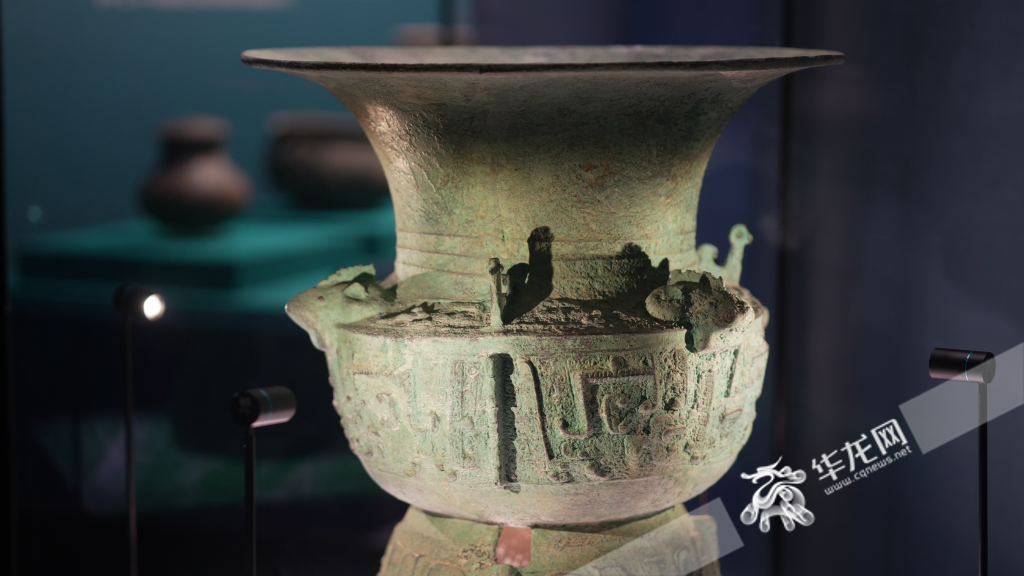
The fossilized left mandible of the Wushan apman, discovered in 1985 at the Longgupo site in Wushan, is the earliest human fossil found in China. The three-goat bronze drinking vessel is a heavy vessel made by the Ba people under the strong influence of Shang culture, and the earliest large bronze container ever found in the Ba people's homeland; it was unearthed in 1980 at Lijiatan on the banks of the Daning River in Dachang Town, Wushan County. ‘Hu Niu Chun Yu’ is an ancient Chinese musical instrument made of copper by the Ba people in the late Warring States period. With a lifelike tiger-shaped seal and a complete structure, the instrument was decorated with white tiger patterns; it was called the ‘King of Chun Yu’ for its excellent sound quality.
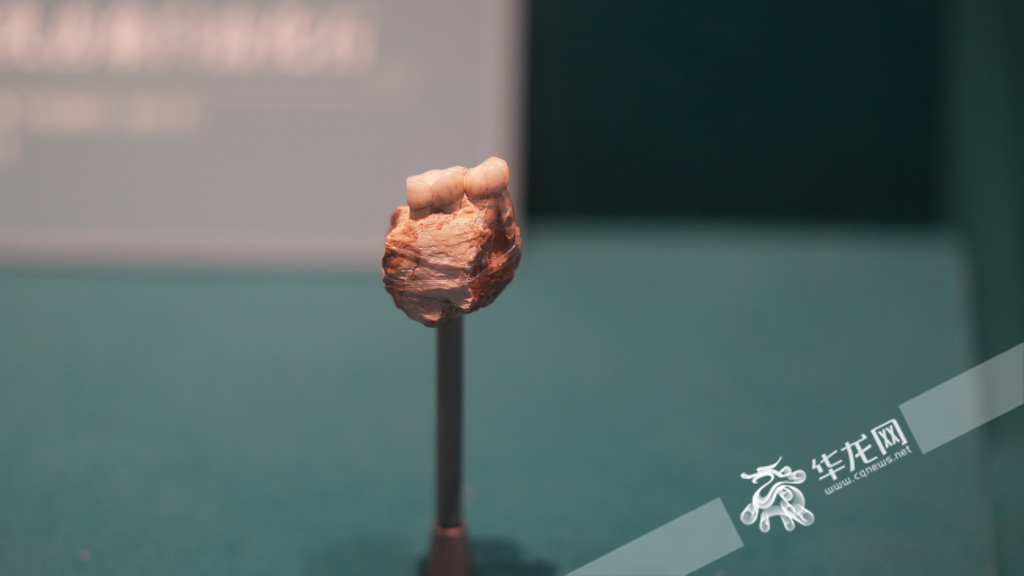
(Translated by Yuki, Fathom Language Limited)
Editor:江夷玮
 手机阅读分享话题
手机阅读分享话题